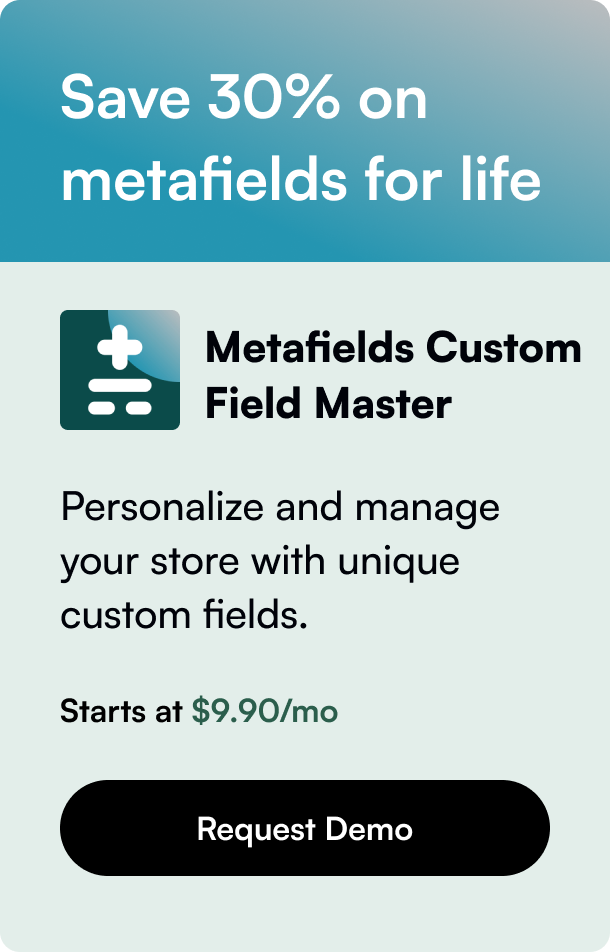Table of Contents
- Introduction
- What is Meta Pixel?
- Why Install Meta Pixel on Shopify?
- Step-by-Step Installation Guide
- Maximizing the Benefits of Meta Pixel
- FAQ Section
Introduction
In the world of e-commerce and digital marketing, understanding and utilizing user data has become paramount in crafting targeted, effective advertising campaigns. Meta Pixel, formerly known as Facebook Pixel, stands out as a powerful tool, offering insights into consumer behavior on your Shopify store. Imagine having the ability to not just guess but know what your potential customers are interested in, how they interact with your store, and what drives conversions. In this detailed guide, we'll dive deep into the world of Meta Pixel, unraveling not just the 'how' but also the 'why' of installing it on your Shopify store. By the end of this article, you'll be equipped not only with the technical know-how but also with strategies to maximize its benefits, enhancing your marketing efforts and boosting sales.
What is Meta Pixel?
Meta Pixel is a seamless bridge between your Shopify store and the vast ocean of Facebook and Instagram advertising. It's akin to setting up a feedback loop where every visitor action on your store is tracked, analyzed, and then used to refine and target your advertising efforts on these social platforms more effectively. From views to clicks, and from cart additions to purchases, Meta Pixel captures it all, turning raw data into actionable insights.
Why Install Meta Pixel on Shopify?
Before delving into the 'how', let's focus on the 'why'. Understanding the importance of Meta Pixel can profoundly change your approach to using this tool.
Enhanced Ad Targeting
Imagine being able to target or retarget your store visitors with laser precision, showing them ads that resonate with their previous interactions on your site. That's the power Meta Pixel brings to the table – it allows for the creation of custom audiences based on specific actions taken on your store, vastly improving ad relevancy and effectiveness.
Conversion Tracking
Meta Pixel allows you to see beyond clicks, giving you a clear picture of how well your ads are converting. This enables you to measure your return on ad spend accurately and make informed decisions to optimize your advertising campaigns.
Rich Insights and Optimization
With Meta Pixel, you gain access to a wealth of data about how users interact with your store. These insights help in identifying trends, understanding customer behavior, and uncovering areas for optimization, both on your website and in your ad campaigns.
Step-by-Step Installation Guide
-
Accessing Meta Pixel: Start by navigating to your Facebook Business Manager. Under the 'Data Sources' section, you will find the Pixels option. Here, you can create a new pixel by following the prompts.
-
Integration with Shopify: Once your Meta Pixel is created, the next step is integrating it with your Shopify store. Shopify offers a straightforward process for this, where you can enter your Pixel ID directly into the Shopify admin under the 'Online Store' settings.
-
Event Tracking: Upon integration, decide on the events you wish to track. These can range from page views to purchases. Shopify and Meta Pixel together offer a seamless setup for these standard events without needing to delve into complex code.
-
Verify Installation: It’s crucial to ensure that your Meta Pixel is firing correctly. Tools like the Facebook Pixel Helper, a Chrome extension, can verify if your pixel is active and tracking as intended.
-
Creating Audiences: With your pixel installed and collecting data, start creating custom audiences within your Facebook Ads Manager. These could be visitors who added items to their cart but didn't complete a purchase, allowing you to target them with specific ads encouraging them to finalize their orders.
Maximizing the Benefits of Meta Pixel
Here are some strategies to leverage the full potential of Meta Pixel:
-
Retargeting Campaigns: Use the data collected by Meta Pixel to run retargeting campaigns. Target users who have shown interest in your products but haven't made a purchase, potentially boosting your conversion rates significantly.
-
Custom and Lookalike Audiences: Beyond targeting past visitors, use Meta Pixel to create lookalike audiences. These are new potential customers who share characteristics with your best existing customers, helping you expand your reach effectively.
-
Optimize for Conversions: Adjust your Facebook ad campaigns to optimize for conversions tracked by Meta Pixel, ensuring that your ad spend is directed towards efforts that are proven to convert.
FAQ Section
Q: How do I find my Meta Pixel ID?
A: Your Pixel ID can be found in the Pixels section of your Facebook Business Manager. It's a unique identifier for your pixel.
Q: Can I track custom events with Meta Pixel on Shopify?
A: Yes, while Shopify and Meta Pixel integration covers many standard events, you can also set up custom events to track specific actions that are unique to your store.
Q: What should I do if my Meta Pixel isn't tracking correctly?
A: First, use the Facebook Pixel Helper to identify any issues. Common troubleshooting steps include ensuring the pixel code is correctly placed on your website and verifying that you've chosen the correct events to track.
Q: Is Meta Pixel GDPR compliant?
A: While Meta Pixel itself offers features for GDPR compliance, such as automatic advanced matching and customizable cookie settings, ensure you're transparent with your site visitors about data collection practices and obtain the necessary consents.
By integrating Meta Pixel into your Shopify store and leveraging its full potential, you transform not just the way you advertise, but how you understand and interact with your audience. Remember, the key to success lies not just in installation but in strategically using the data it provides to enhance your marketing efforts and drive sales.







